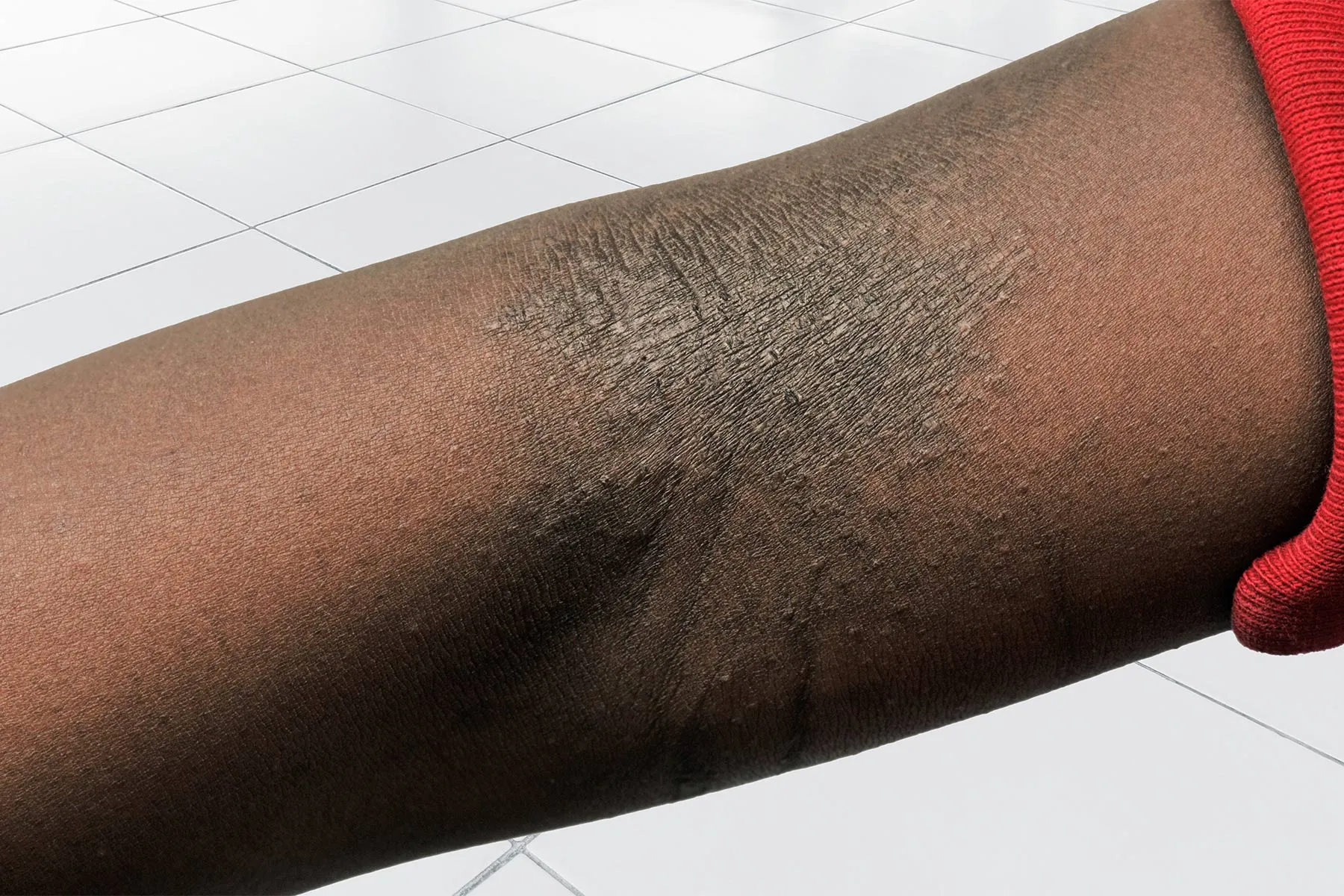U.S. Correctional Population Drops 22% Over Decade
Figures released by the Bureau of Justice Statistics showed the total number of U.S. residents held behind bars or on probation or parole dropped below 5.6 million for the first time since 1996.

The total number of people under correctional supervision in the U.S. has dropped below 5.6 million for the first time since 1996, according to the Bureau of Justice Statistics (BJS).
As of 2020, the last year for which figures are available, an estimated 1.6 million individuals were behind bars—in state or federal prisons or in local jails—down from 2.3 million a decade ago. In just one year since 2019, the number of incarcerees dropped by 294,000 persons or 18.9 percent.
Although that still makes the U.S. the world’s largest per capita jailer, the BJS figures underline a significant decrease in the overall correctional population. Some 5.5 million individuals were under the supervision of correctional authorities—either as incarcerees, or under parole or probation—an 11 percent decrease in just one year, from 2019, and a 22.4 percent drop since 2010.
Calculated another way, at the end of 2020, roughly one in 47 adult U.S. residents were under supervision, compared to one in 40 the previous year.
One reason for the decline advanced by criminologists is the impact of COVID. Jail populations declined as fewer individuals were held in custody pretrial, and a number of state and federal inmates were released early as a protection against the spread of disease.
Others singled out a reduction in prison admissions, as fewer people were returned behind bars for technical violations of the terms of community supervision.
However, according to some reports, those numbers have begun to climb again, and overall figures for 2021 may show an increase.
In a policy brief released earlier this month, the Prison Policy Initiative warned of a “rebound” in prison numbers.
“As the criminal legal system has returned to ‘business as usual,’ prison and jail populations have already begun to rebound to pre-pandemic levels,” the brief said.
A nearly 7 percent decrease in the number of individuals under community supervision also contributed to the year-over-year decline.
Probationers—individuals who are placed under court-ordered supervision in lieu of incarceration—continue to make up the bulk of America’s correctional population, roughly 55.5 percent, a percentage that has decreased only slightly over the decade.
The population of parolees was the only segment to show an increase, rising from just under 12 percent of the total under supervision to 15.7 percent in 2020.
The rate of incarceration has also been steadily dropping over the decade. It fell from 960 per 100,000 adult U.S. residents in 2010 to 660 per 100,000 at the end of 2020.
Additional reading: The Public Health Case for Decarcerating America’s Prison System.
The BJS statistical tables and summaries can be downloaded here.
For more granular information about the composition of the U.S. correctional population by race. age, gender, etc, BJS has prepared a new Statistical Analysis Tool, which can be accessed here..

 Landwebs
Landwebs 





















